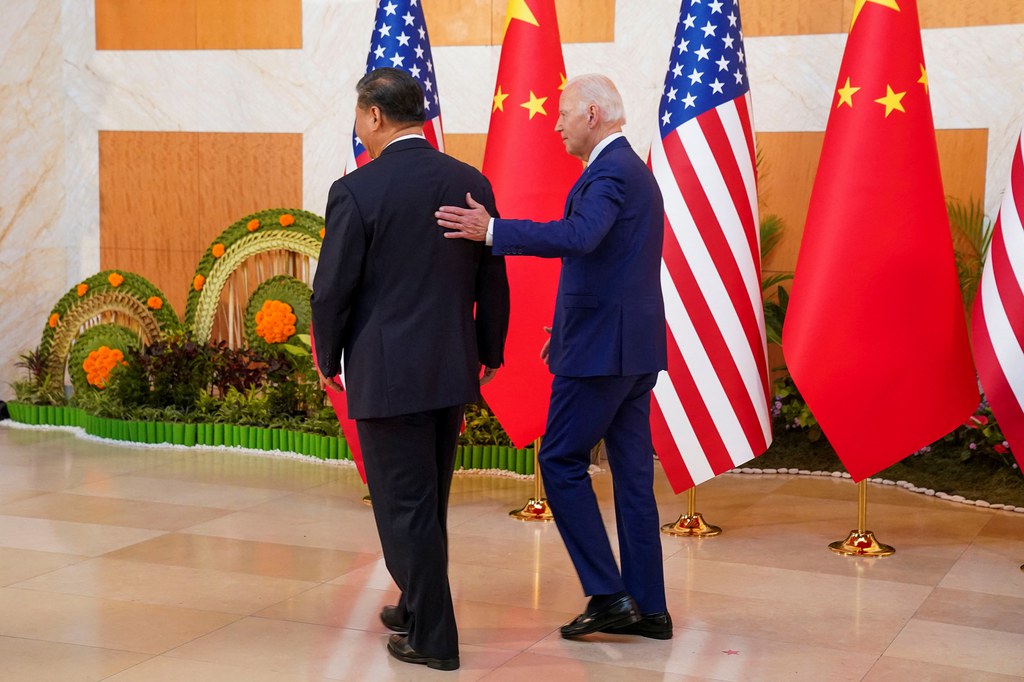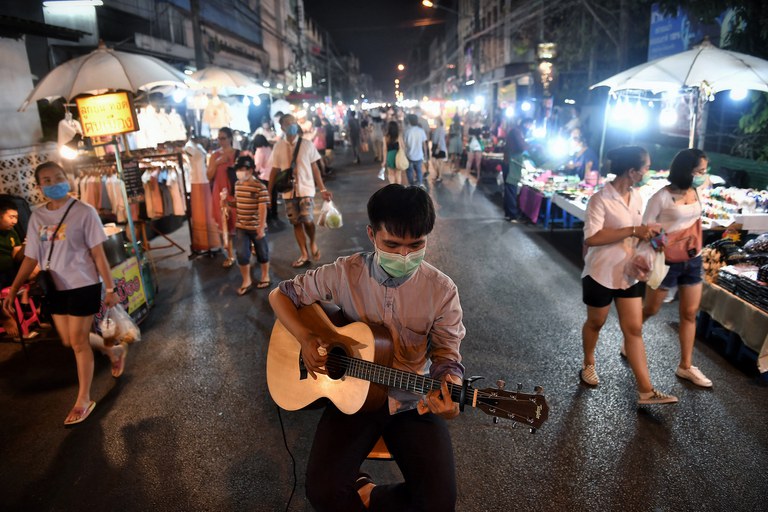
Nearly 1.7 million new refugees of conflict in Myanmar since coup
Nearly 1.7 million people have been displaced by conflict in Myanmar since last year’s military coup, bringing the total number of refugees who have fled fighting in the country to more than 3 million and putting a heavy strain on aid resources in the Southeast Asian nation. The Institute for Strategy and Policy, an independent research group, said in a report earlier this month that as of Nov. 2, at least 1,650,661 people had been forced to escape conflict in regions that include Sagaing, Magway, Bago, Chin and Kayah in the more than 21 months since the military took power in Myanmar. The new refugees join an estimated 497,200 internally displaced persons who fled conflict before the Feb. 21, 2021 coup and at least 1,019,190 who have crossed Myanmar’s borders into the neighboring countries of Thailand, India and Bangladesh due to fighting both prior to and after the putsch, the group said. The new total of 3,167,051 represents roughly six percent of the country’s population of 54.4 million. As the number of refugees continues to swell, amidst a protracted conflict in Myanmar’s remote border regions between the military and anti-coup paramilitary groups and ethnic armies, local and international aid groups say the junta has barred them from accessing those in need or hampered efforts to deliver crucial supplies to camps for the displaced. Speaking to RFA Burmese on Wednesday, a refugee in Chin state’s war-torn Kanpetlet township said medicine and food resources at their camp have nearly dried up, putting an already vulnerable population at greater risk. “We are in a very difficult situation,” said the refugee, who spoke on condition of anonymity citing fear of reprisal by the military. “We are in desperate need of medicine for the elderly, pregnant women, breast-feeding mothers, and children under the age of five.” According to ethnic Chin human rights groups, conflict since the military coup has created more than 110,000 new refugees in Chin state, more than 60,000 of whom fled to other regions of Myanmar and more than 50,000 of whom crossed into India’s Mizoram state to escape the fighting. In Kayin state, the ethnic Karen National Union said that daily battles between the military and its armed wing, the Karen National Liberation Army, had caused at least 186,471 people to flee their homes in the Karen-controlled townships of Hpapun, Kawkareik, Kyainseikgyi, and Myawaddy as of Aug. 16. Meanwhile, more than 130,000 ethnic Rohingya refugees who fled violence in Rakhine state in 2012 and 2017 remain in more than 10 camps for the displaced in Sittwe township, aid workers say. Aid undelivered The scale of the humanitarian crisis in Myanmar prompted an agreement between the Association of Southeast Asian Nations and the junta to facilitate the immediate distribution of aid to refugees in the country through the military regime’s Ministry of International Cooperation at a May 6 meeting in the Cambodian capital Phnom Penh. Nonetheless, aid groups – including U.N. agencies and NGOs – say they have been blocked from doing so or that the supplies they have handed over to the junta remain undelivered under the pretense of security risks. Attempts by RFA to contact the ASEAN Coordinating Centre for Humanitarian Assistance on disaster management via email for comment on why aid has largely been withheld from Myanmar’s refugees went unanswered Wednesday, as did requests for comment to Ko Ko Hlaing, the junta’s Union Minister for International Cooperation. Banyar, the director of the Karenni Human Rights Group, said that junta restrictions have made the distribution of relief impossible in the country, and advised that aid groups “leave Myanmar officially.” “Providing humanitarian aid through the countries bordering Myanmar will be more effective,” he told RFA. Other groups have suggested that ASEAN’s relief agency had overestimated its ability to deliver. In a statement on Nov. 1, the Thailand-based Border Consortium, which has assisted refugees along the Thai-Myanmar border since 1984, said the agency “lacks experience” in responding to emergency situations and claimed that efforts to distribute aid to rural Myanmar would remain fruitless without the military’s blessing. Rohingya migrants are escorted after their boat carrying 119 people landed on the coast of Bluka Teubai, North Aceh, Indonesia, on November 16, 2022, after surviving a five week journey at sea. Credit: AFP Rohingya refugee arrests The new figures for refugees of conflict in Myanmar came as reporting by RFA found that authorities had arrested at least 388 Rohingyas who tried to flee refugee camps in Rakhine state and neighboring Bangladesh for Malaysia between Oct. 17 and Nov. 11. Authorities in Myanmar do not recognize Rohingyas as citizens of the country, despite members of their ethnic group having a long history in Rakhine state, and subject them to discrimination and movement restrictions. Among those arrested in the three weeks ending Nov. 11 were 60 members of a group of 80 Rohingyas, including 45 children, whose boat sank near Ayeyarwaddy region’s Bogale township as it made its way to the Andaman Sea on Oct. 30, leaving 20 people missing. A Bogale resident who is helping the detained Rohingyas told RFA that the 60 Rohingya are being detained at the township’s police station on immigration charges. On Oct. 20, authorities arrested 117 Rohingyas who they said were trying to leave Myanmar for Malaysia at a house in Yangon region, and 54 Rohingyas – including a pregnant woman – who planned to the same destination near Ayeyarwady region’s Maubin township two days later. On Nov. 2, authorities in Kayin state’s Kawkareik township arrested 101 Rohingyas attempting to flee to Thailand from Rakhine state’s Buthidaung township, sources said. According to data collected by RFA, authorities in Myanmar have arrested at least 992 Rohingyas who tried to flee their homes between December 2021 and mid-October 2022. Among them, 223 have been sentenced to between two and five years in prison under Myanmar’s immigration laws. Translated by Myo Min Aung. Written in English by Joshua Lipes.





